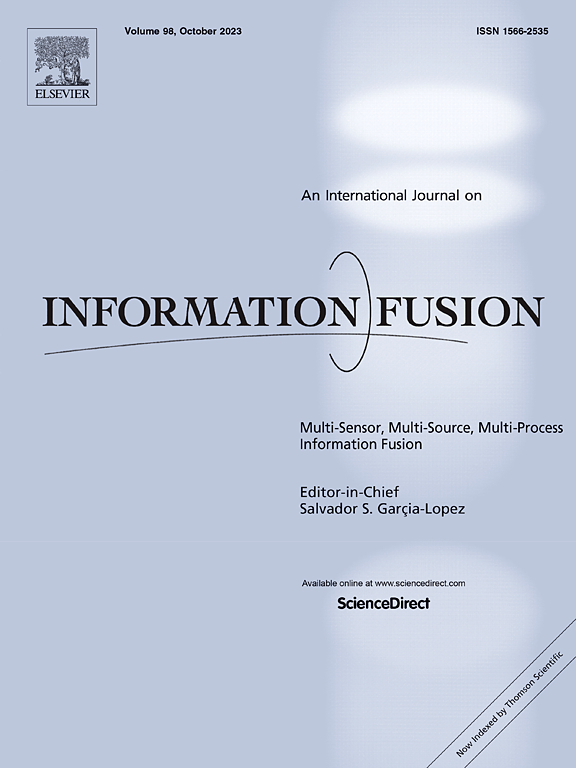Cross-modal multi-relational graph reasoning: A novel model for multimodal textbook comprehension
IF 14.7
1区 计算机科学
Q1 COMPUTER SCIENCE, ARTIFICIAL INTELLIGENCE
引用次数: 0
Abstract
The ability to comprehensively understand multimodal textbook content is crucial for developing advanced intelligent tutoring systems and educational tools powered by generative AI. Earlier studies have advanced the understanding of multimodal content in educational by examining static cross-modal graphs that illustrate the relationships between visual objects and textual words. This, however, fails to account for the changes in relationship structures that characterize the visual-textual relationships in different cross-modal tasks. To tackle this issue, we present the Cross-Modal Multi-Relational Graph Reasoning (CMRGR) model. It is capable of analyzing a wide range of interactions between visual and textual components found in textbooks, allowing it to adapt its internal representation dynamically by utilizing contextual signals across different tasks. This capability is an indispensable asset for developing generative AI systems aimed at educational applications. We evaluate CMRGR’s performance on three multimodal textbook datasets, demonstrating its superiority over state-of-the-art baselines in generating accurate classifications and answers.
跨模态多关系图推理:多模态教科书理解的新模式
本文章由计算机程序翻译,如有差异,请以英文原文为准。
求助全文
约1分钟内获得全文
求助全文
来源期刊

Information Fusion
工程技术-计算机:理论方法
CiteScore
33.20
自引率
4.30%
发文量
161
审稿时长
7.9 months
期刊介绍:
Information Fusion serves as a central platform for showcasing advancements in multi-sensor, multi-source, multi-process information fusion, fostering collaboration among diverse disciplines driving its progress. It is the leading outlet for sharing research and development in this field, focusing on architectures, algorithms, and applications. Papers dealing with fundamental theoretical analyses as well as those demonstrating their application to real-world problems will be welcome.
 求助内容:
求助内容: 应助结果提醒方式:
应助结果提醒方式:


